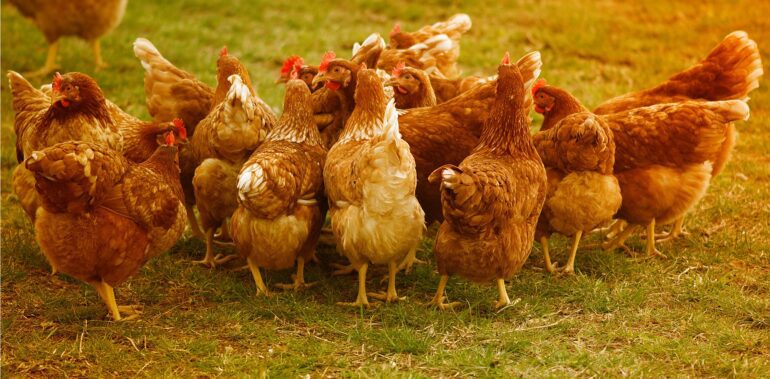TL;DR:
- Japanese researchers employ AI to discern the emotional states of chickens.
- AI system, based on “Deep Emotional Analysis Learning,” proves highly accurate.
- Study tests 80 chickens and acknowledges potential limitations.
- AI’s expanding role in conservation and animal welfare is highlighted.
- In 2022, a similar algorithm was created to understand pig emotions.
Main AI News:
Japanese researchers have harnessed the power of AI to decipher the cryptic vocalizations of clucking chickens, aiming to discern their emotional states, whether it be excitement, hunger, or trepidation. Spearheaded by the University of Tokyo’s Professor Adrian David Cheok, this pioneering study introduces an AI system that delves into the intricate realm of chicken emotions. However, it is essential to note that this research, while promising, has yet to undergo peer review, and its full implications are yet to be unearthed.
At the heart of this innovation lies a novel approach known as “Deep Emotional Analysis Learning” (DEAL), a cutting-edge AI technique devised by the researchers. This technique demonstrates adaptability to the ever-changing vocal patterns of these feathered creatures, enabling the translation of a spectrum of emotional states, including hunger, fear, anger, contentment, excitement, and distress.
The study’s elucidation of DEAL methodically states, “Our methodology employs a cutting-edge AI technique we call Deep Emotional Analysis Learning (DEAL), a highly mathematical and innovative approach that allows for the nuanced understanding of emotional states through auditory data.” Professor Cheok himself underscores the significance of this breakthrough, asserting, “If we know what animals are feeling, we can design a much better world for them.” However, Cheok remained unavailable for immediate comment, a testament to his unwavering dedication to this endeavor even outside standard working hours.
Putting this AI system to the test, the researchers meticulously observed 80 chickens, collaborating with a team of distinguished animal psychologists and veterinarians. The results were nothing short of astounding, as the system exhibited a remarkable aptitude for identifying the emotional states of our clucking companions. The study highlights, “The high average probabilities of detection for each emotion suggest that our model has learned to capture meaningful patterns and features from the chicken sounds.” Nonetheless, the researchers did acknowledge potential constraints, including breed variations and the intricacies of certain forms of communication, such as body language.
Notably, the utilization of AI in the domain of conservation has witnessed a burgeoning trend. One noteworthy example involves the implementation of AI tools for tracking and understanding animal populations. In a parallel development, in 2022, researchers from the University of Copenhagen, ETH Zurich, and France’s National Research Institute for Agriculture, Food, and Environment unveiled an algorithm designed to decipher the emotional intricacies of pigs. As the boundaries of AI continue to expand, its potential in the realm of animal welfare and conservation becomes increasingly evident, offering a brighter future for our fellow creatures.
Conclusion:
The development of an AI system capable of interpreting chicken emotions marks a significant stride in animal welfare. This breakthrough not only enhances our understanding of poultry but also opens doors for improved care and well-being. As AI continues to advance, the potential for applications in the broader market, including livestock management and animal conservation, becomes increasingly promising.

